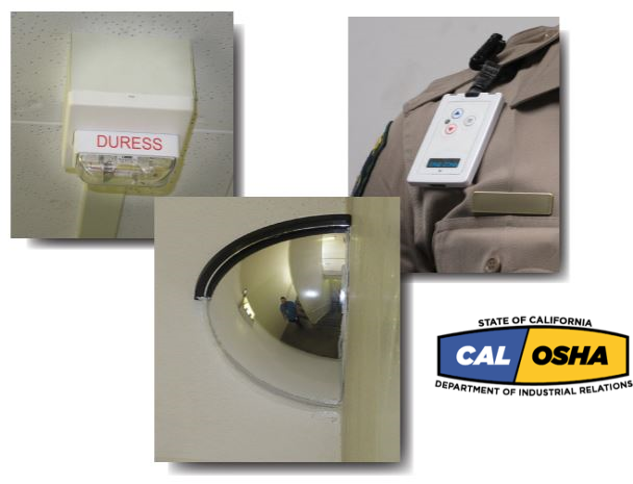To protect healthcare workers on the front lines and reverse an increase in assaults, the US House passed the Workplace Violence Protection for Healthcare and Social Services Act (H.R. 1195).
If enacted, the law requires the Department of Labor to develop safety standards and require healthcare employers to take action to protect workers from workplace violence. The bill was passed with broad, bipartisan support (margin of 255-166) and is supported by the Biden administration.
Why is it needed
Healthcare workers suffer some of the highest rates of violence, but the numbers are undercounted because most incidents go unreported.
- A 2016 GAO study reported that rates of violence against health care workers are up to 12 times higher than rates for the overall workforce, and 70% of nonfatal workplace assaults in 2016 occurred in the health care and social assistance sectors.
- In a 2015 study, 88 percent of respondents had not documented in their employer’s electronic system an incident of violence that they had experienced in the previous year. (1)
- In a survey of hospital employees, 62 percent reported that they were the target of violence within the last year. (2)
“Recent patient violence against staff at my hospital has led to nurses with broken jaws, open facial wounds, back injuries requiring surgery, and injuries from a chair being smashed over a nurse’s head,” said Judy Danella, a registered nurse and member of the United Steelworkers union at a hospital in New Jersey. “Injuries from combative patients shouldn’t just be part of the job. Health care workers need strong protections so they can provide quality patient care without fear of violence and injury.”
Workplace violence experienced by nurses has been associated with decreased productivity and increased employee turnover. (3) And workplace violence impacts the quality of patient care. “The violence experienced by health care staff is associated with lower patient ratings of the quality of care. The study indicates that violence is not merely an occupational health issue but may have significant implications for the quality of care provided.” (4)
What you can do
The bill now goes to the U.S. Senate where its fate is less certain. As a healthcare worker concerned with workplace safety, you can contact your Senators and encourage their support for the measure.
Add your voice to the list of endorsing organizations.
American Federation of Teachers (AFT)
AFSCME
AFL-CIO
Public Citizen
American Federation of Government Employees
International Association of Fire Fighters
United Steelworkers
National Nurses United
AIHA
Teamsters
American Nurses Association
American Psychiatric Nurses Association
AiRISTA’s commitment to healthcare worker safety

As a supporter of the bill, AiRISTA has demonstrated a commitment to safety in healthcare environments for over 10 years. We have worked with state officials to provide an emergency response system for some of the most challenging environments. Click here for a copy of the California OSHA “Workplace Violence Prevention in Healthcare” worksheet.

Having earned the position as the world’s #1 two-way communicating staff safety tag, our solution also acts a visible deterrent using LEDs, buttons, buzzers and text display. A 2017 study found that rates of violent incidents were 60 percent lower in hospital units with unit specific, comprehensive intervention plans compared to units that did not have such plans. (5)
For more information or a demo of our solutions, please contact us at salesinfo@airistaflow.com.
- Arnetz, J. et al. Underreporting of Workplace Violence: Comparison of Self-Report and Actual Documentation of Hospital Incidents. Workplace Health and Safety. Vol. 63, 2015
- Arnetz, J. et al. Underreporting of Workplace Violence: Comparison of Self-Report and Actual Documentation of Hospital Incidents. Workplace Health and Safety. Vol. 63, 2015, pp. 200-10.
- Sofield L, Salmond SW. Workplace violence: a focus on verbal abuse and intent to leave the organization. Orthop Nurs. 2003;22:274–283.
- Arnetz JE, Arnetz BB. Violence towards health care staff and possible effects on the quality of patient care. Soc Sci Med. 2001;52:417–427.
- Arnetz, J. et al. Preventing Patient-to-Worker Violence in Hospitals: Outcome of a Randomized Controlled Intervention.





